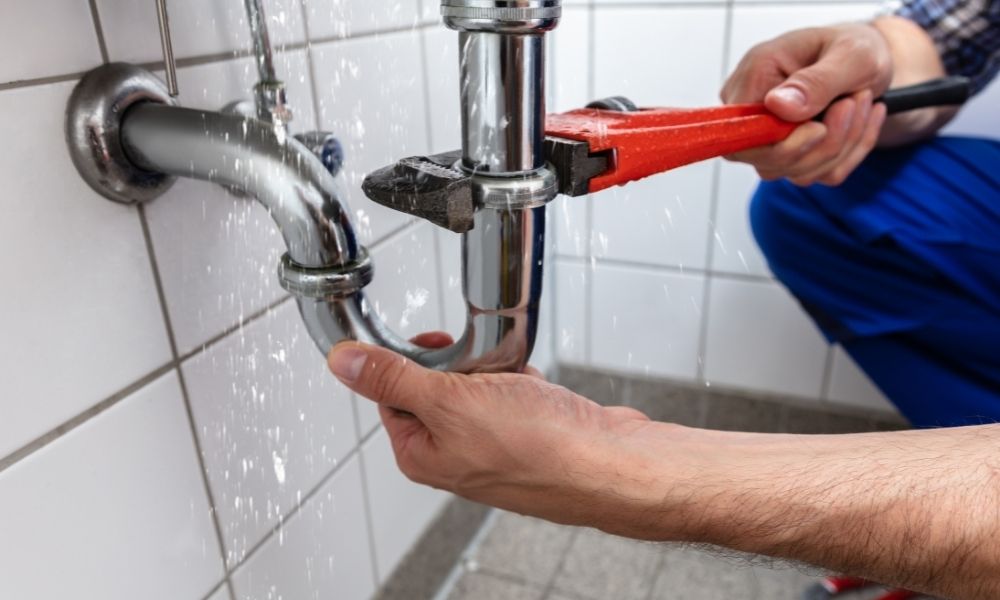The cold winter months wreak havoc on your home’s plumbing if you’re not ready. Freezing temperatures cause pipes to burst, which leads to water damage, mold growth, and expensive repairs. That’s why it’s crucial to winterize your plumbing before the cold weather hits. Winterizing your plumbing isn’t difficult, but it takes taking some proactive steps. The main cause of frozen pipes is cold air drafting around plumbing. Start your winterization by inspecting all exposed water pipes, both indoors and outdoors. Look for gaps and cracks around the pipes where cold air seeps in. Use caulk or insulation to seal up any drafty areas. Pay close attention to pipes in unheated indoor spaces like garages, attics, and basements. Also check places where pipes enter the home, like around the water main line. Take the time to insulate and seal any drafty spots—it’s much easier to do this maintenance now rather than deal with burst pipes later. Having draft-free plumbing will go a long way towards preventing freeze-ups.
Insulate water pipes
To sealing drafty areas, you should also insulate any exposed water pipes plumber Eastern Suburbs in your home. Pipe insulation is inexpensive and easy to install. You find pre-split foam tubing at any hardware store. The insulation slides right over your existing pipes. Use it to cover pipes in unheated areas like attics, crawl spaces, and garages. Also insulate pipes in exterior walls, such as in a kitchen or bathroom. The insulation creates a protective barrier that prevents cold air from freezing the water inside the pipes. For added protection, you double up the pipe insulation in cold areas. Insulating your plumbing is one of the best ways to avoid frozen pipes and burst lines. Be sure to inspect all exposed pipes and insulate any that aren’t already covered.
Shut off and drain outdoor faucets
The pipes leading to outdoor spigots are subject to freezing temperatures and burst if water remains in them. That’s why it’s important to shut off the water supply to outdoor faucets and drain any remaining water from the pipes. Start by locating the indoor shut-off valve for each outdoor spigot. They are often found in the basement or crawlspace. Turn the valves to the off position. Next, go outside and open the outdoor faucets to water to drain out. Leave the faucets open throughout winter. Consider installing faucet covers over the outdoor spigots for extra protection.
Following these simple steps keeps standing water from remaining in the outdoor pipes where it freezes and expands. Your outdoor faucets will be ready for use again after reopening the supply valves in spring. Prevent costly pipe repairs by taking a few minutes to winterize outdoor faucets. As part of your plumbing winterization, it’s also smart to check all pipes and fixtures for any leaks. Dripping faucets and other small leaks become more problematic in winter since the water freezes. Start by examining all faucets indoors and outdoors. Look under sinks to check pipes for drips or moisture buildup.

